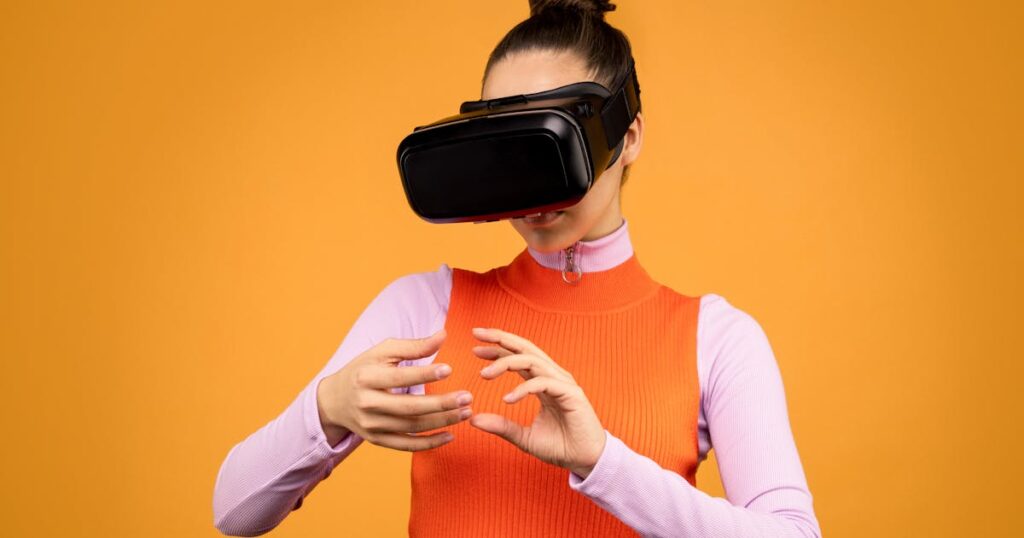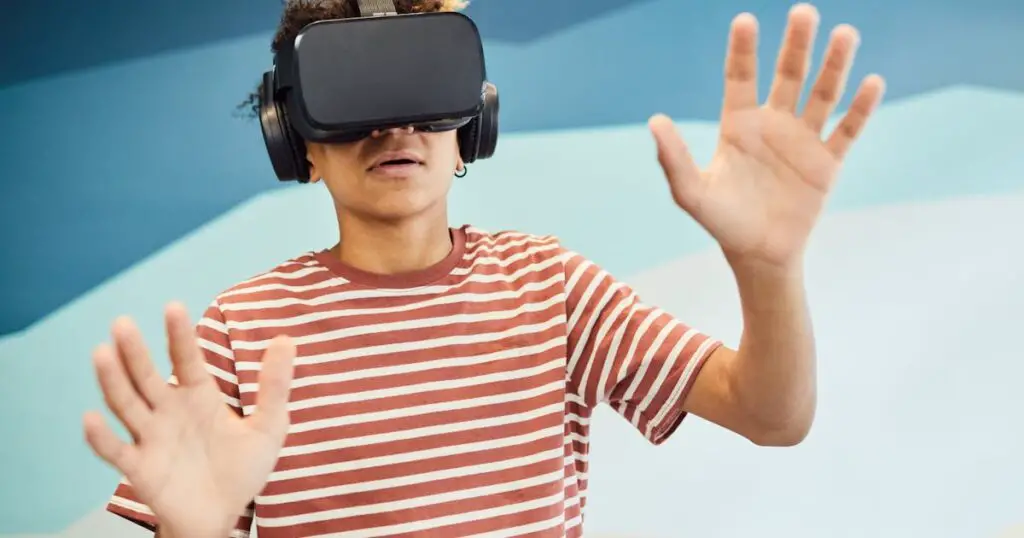Virtual reality (VR) has been around for decades, but it hasn’t been until recent years that it has truly become immersive. With the advancements in technology, VR experiences have gone beyond just visual stimulation and now offer a fully immersive and interactive experience. This is known as immersive virtual reality (IVR), and it’s changing the way we experience entertainment, education, and even therapy.

IVR uses cutting-edge technology to create a simulated environment that users can interact with through specialized equipment. This allows the user to feel fully immersed in the virtual world, providing a sense of presence and realism. But what exactly is IVR used for and how does it work? Let’s explore the main uses and mechanics of this exciting technology.
The Main Uses of Immersive Virtual Reality
Entertainment and Gaming
One of the most popular uses of IVR is in entertainment and gaming. With IVR, users can step into fully immersive virtual worlds and experience games like never before. Whether it’s exploring a fantasy world or participating in realistic simulations, IVR takes gaming to a whole new level.
This technology also allows for multiplayer experiences, allowing users to interact with each other in the virtual world.
Education and Training
IVR has also made its way into education and training. With IVR, students can engage with educational materials in a more interactive and engaging manner.

For example, medical students can use IVR simulations to practice surgeries, while flight simulators allow pilots to train in a realistic and safe environment. This technology also offers the opportunity for remote learning, as students can access virtual classrooms from anywhere in the world.
Therapy and Rehabilitation
Another important use of IVR is in therapy and rehabilitation. This technology allows patients to participate in immersive experiences that can help with mental health conditions such as anxiety and PTSD.
It’s also used in physical therapy to aid in rehabilitation and recovery, providing a safe and controlled environment for patients to practice movements and tasks.
How Does it Work?
IVR works by combining specialized equipment with advanced software. Users wear a VR headset that tracks their head movements and displays virtual visuals on the screen inside the headset. This gives users the perception of being immersed in a different world.
Along with the headset, users may also have to use hand controllers or body sensors to interact with the virtual environment. These devices track the user’s movements and translate them into actions in the virtual world.
VR Headset
The most important piece of equipment in IVR is the VR headset. This device completely covers the user’s eyes and displays a 3D simulation of the virtual environment.
The headset also has sensors that track the user’s head movements, allowing them to look around and explore their surroundings in a natural way.
Hand Controllers
Hand controllers are used to interact with objects and perform actions in the virtual world. These controllers have buttons and triggers that allow for different types of interactions such as grabbing, moving, and manipulating objects.

They also have sensors that track hand and finger movements, providing a more natural and immersive experience.
Body Sensors
Body sensors are optional devices that can enhance the IVR experience. These sensors track the user’s body movements and translate them into actions in the virtual world. They are often used in full-body simulations such as dancing or sports games.
FAQs
In this section, we will be delving into some of the most common inquiries and curiosities that surround our topic.
How much does IVR equipment cost?
The cost of IVR equipment can vary depending on the quality and type of devices. A basic VR headset can range from $300 to $500, while more advanced headsets with additional features can cost upwards of $1000.
Are there any health risks associated with using IVR?
While there are no known health risks associated with IVR, users may experience nausea or dizziness if the virtual movement does not correspond accurately with their physical movements. It’s recommended to take breaks and use IVR in moderation.
Can anyone use IVR?
Yes, anyone can use IVR as long as they have access to the equipment and do not have any medical conditions that may be aggravated by its use. It’s important to follow safety guidelines and take breaks when using IVR for extended periods of time.
Conclusion: What is Immersive Virtual Reality?
Immersive virtual reality offers endless possibilities in entertainment, education, therapy, and more. With its fully immersive and interactive experience, it has the potential to revolutionize the way we engage with technology.
As this technology continues to evolve, we can only imagine the incredible innovations and advancements that are still to come. So next time you put on a VR headset, remember the amazing technology behind it that is making your experience truly immersive.



Leave a Comment
You must be logged in to post a comment.